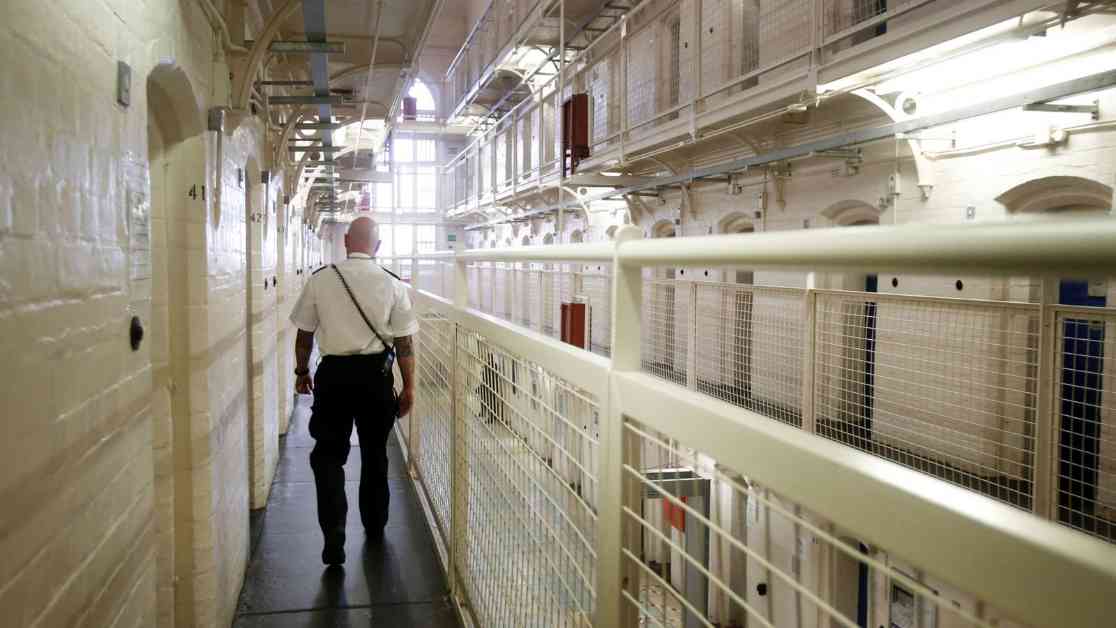The prison service is making changes to reduce overcrowding by transferring certain offenders to less secure facilities. This involves reclassifying the security risk of offenders to move them from closed prisons to open prisons to free up cell space. For example, they may discount adjudications for certain offenders so they can be moved to lower-security facilities without official reasons blocking their transfer.
Prisoners are categorized based on their behavior and commitment to rehabilitation, with different levels of privileges determining their eligibility for transfer. The goal is to help them reintegrate into society upon release. Open prisons have minimal security and allow eligible prisoners to spend time outside the prison on day release for work or education.
Despite efforts to reduce overcrowding, prisons are still facing capacity challenges. The male estate is nearly at full capacity, operating at around 97%. There have been instances of overcrowding leading to lockouts in some regions, where prisoners are held in police cells or transferred to other facilities due to lack of space.
The Ministry of Justice acknowledges the challenges and states that the government has taken steps to prevent prisons from overflowing and protect the public. The early release scheme has been in place to free up space by releasing less serious offenders who meet strict criteria for transfer to open prisons. However, the scheme is not without its limitations, as the Prison Service can exclude individuals who cannot be safely managed in a category D prison.
Overall, the efforts to address prison overcrowding through transferring offenders to less secure facilities aim to alleviate capacity pressures and facilitate the reintegration of prisoners into society post-release. Additional measures may be needed to effectively manage the prison population and ensure the safety and security of both inmates and the public.













